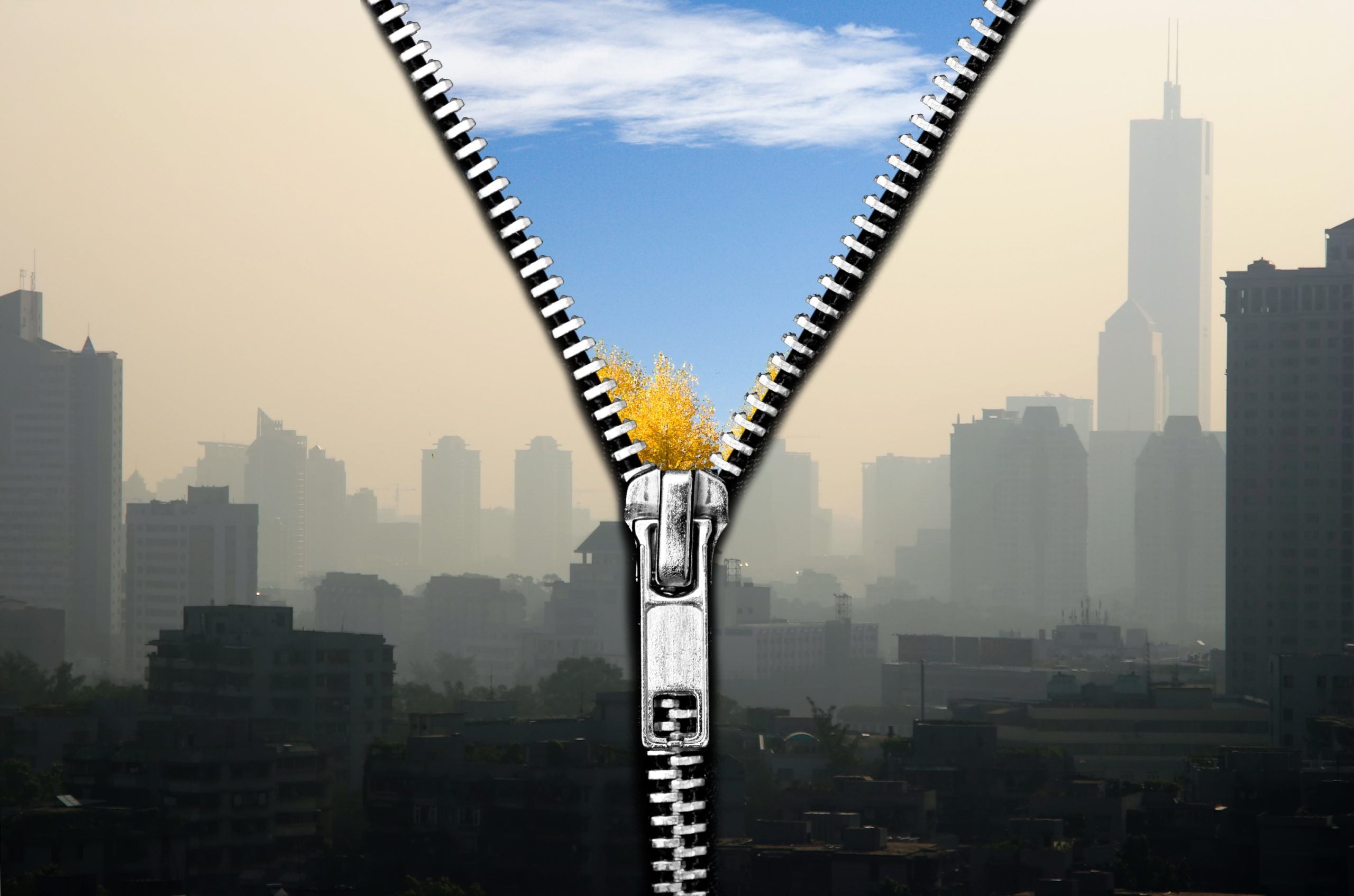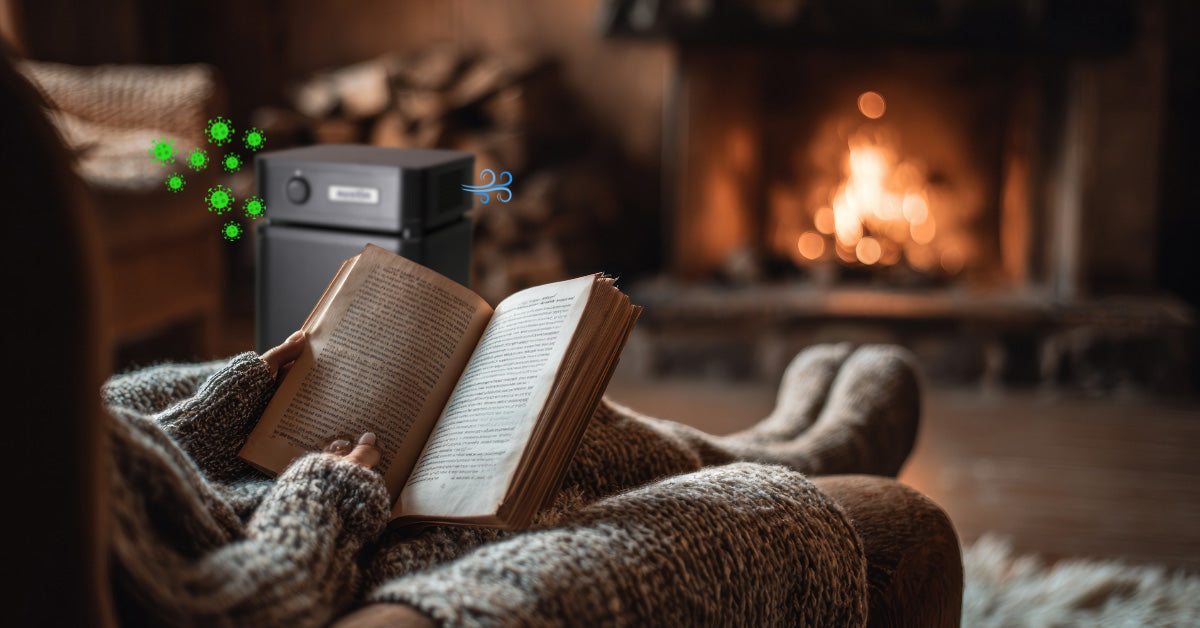Toxic air… it is responsible for an increase in asthma, heart disease and strokes. It is linked to dementia, birth defects and certain cancers. It affects our ability to think clearly and can shorten our life span significantly.
You may not be able to reduce pollution levels outdoors, but you can take the following simple steps to help avoid exposure. Take the quieter routes. When walking, try to avoid routes near to busy roads. Many big cities have apps that can tell you the best routes to take, to avoid high levels of pollution. Avoid the curb. When waiting at a crossing, take a few steps back to avoid direct contact with traffic fumes. Cover up pushchairs. Infants in prams are lower to the ground and therefore exposed to twice as many pollutants as the adults who push them. Take Vitamin D supplements. According to some studies Vitamin D can help to protect our bodies from the effects of air pollution.

And the need to avoid air pollution doesn’t stop at your front door. There is emerging research to suggest the air inside our homes is causing far more damage than outdoor pollution. So why the shift? According to the experts, there are a number of factors at play.
Airtight homes. Fully insulated, double glazed and completely sealed. Our houses are designed to keep energy bills to a minimum. However, sealing ourselves up in this way plays havoc with the indoor air quality. VOC’S (Volatile Organic Compounds) are emitted from furnishings, flooring and paintwork. Chemicals from cleaners and deodorizers, together with fumes from cooking all increase the levels of pollution in our homes. And with an airtight home, there’s nowhere for them to go, except perhaps into our lungs!
So, what can you do? Open a window, preferably at night when pollution levels outside are at their lowest. Avoid drying clothes in your living space, moisture in the air invites mold. High humidity also increases VOC levels. Take care when cooking. Use an extractor fan to remove fumes or alternatively, open a window. Perhaps the most effective thing you can do is invest in an air cleaner. Our air cleaners use a blend of carbon and HEPA cloth. They remove ALL pollutants from the home, including gases, mold, chemicals, dust and allergens.
Air pollution is here to stay. It’s up to us to avoid it when possible and remove it whenever we can.



